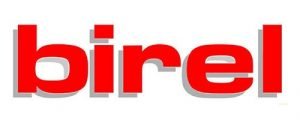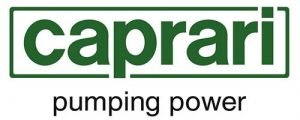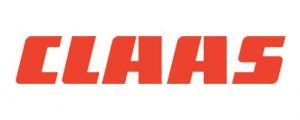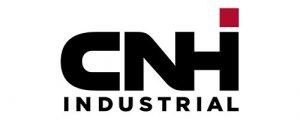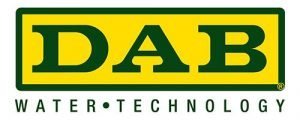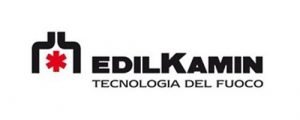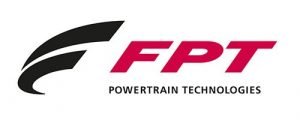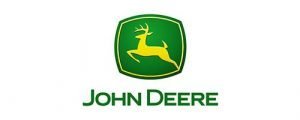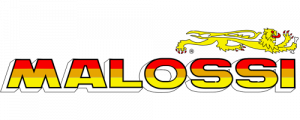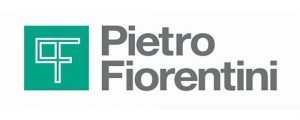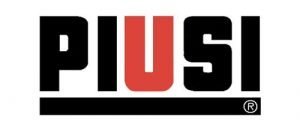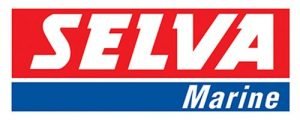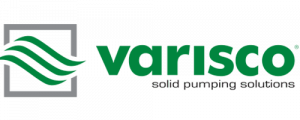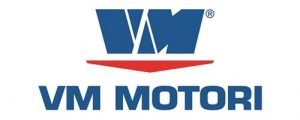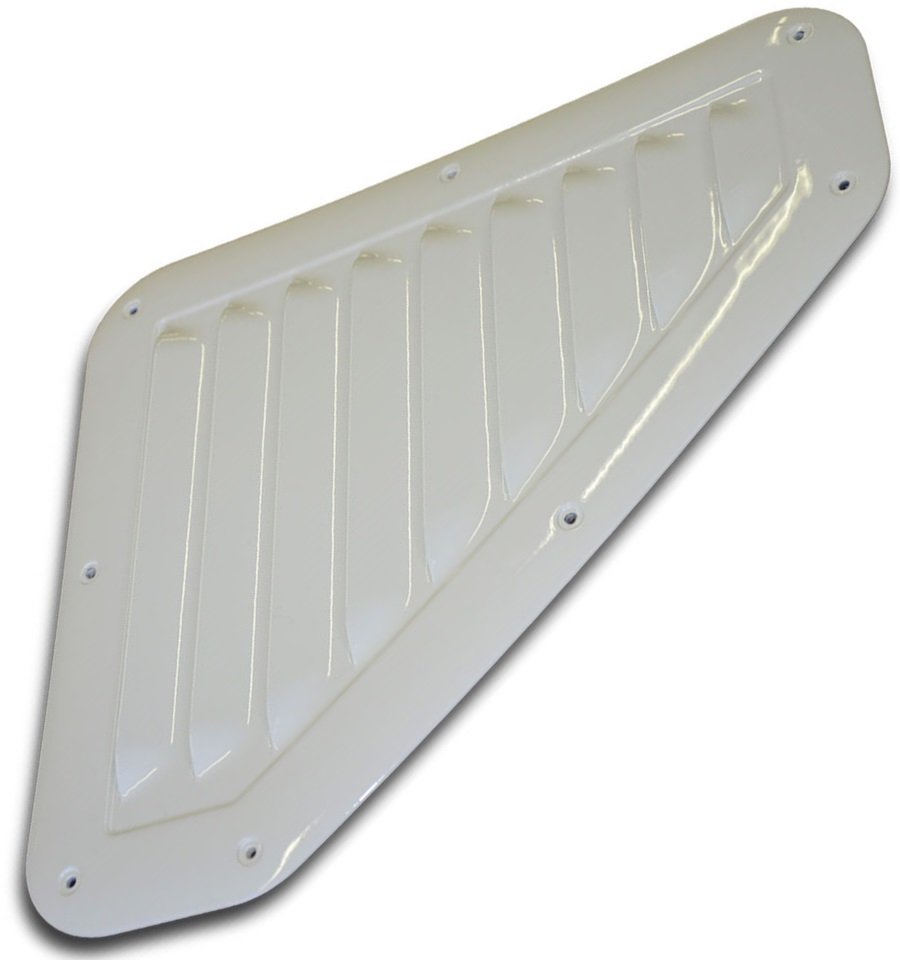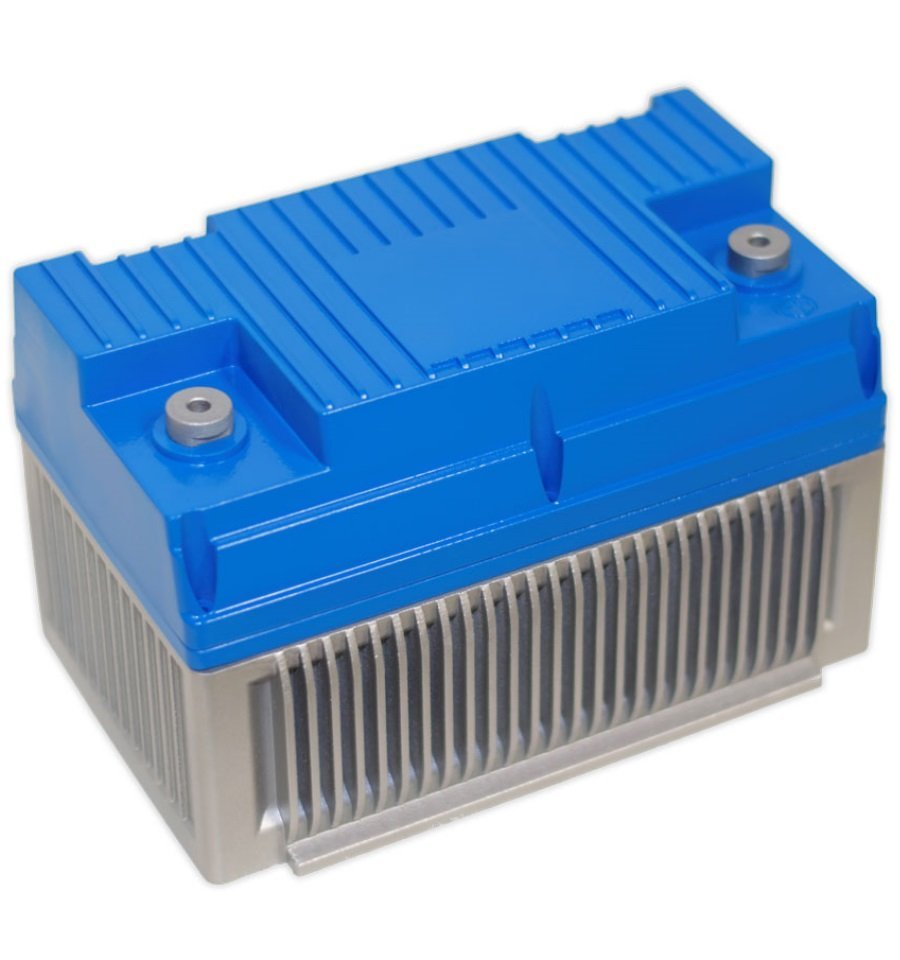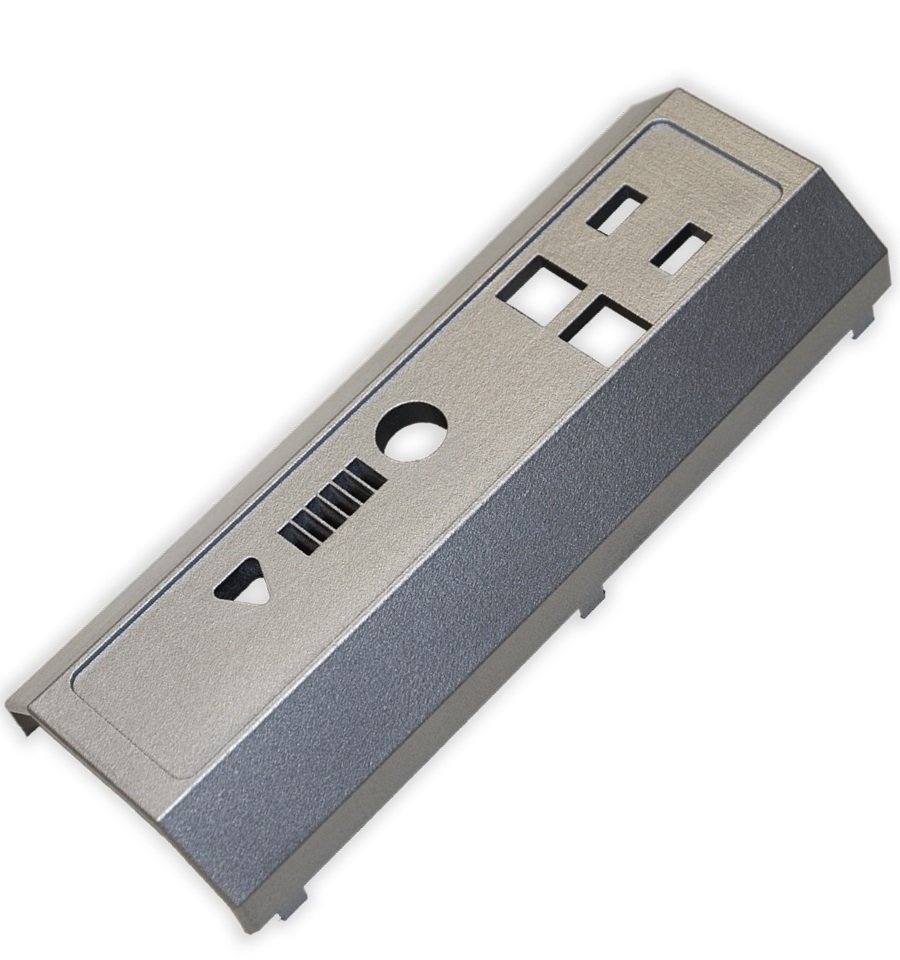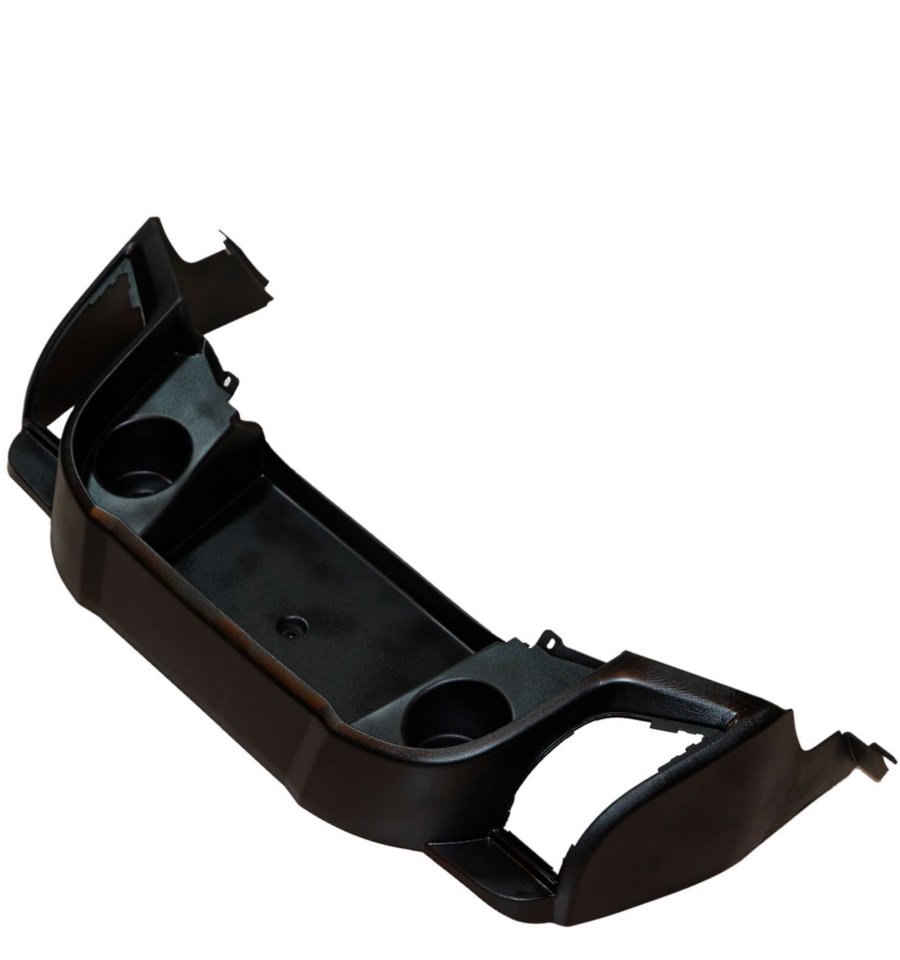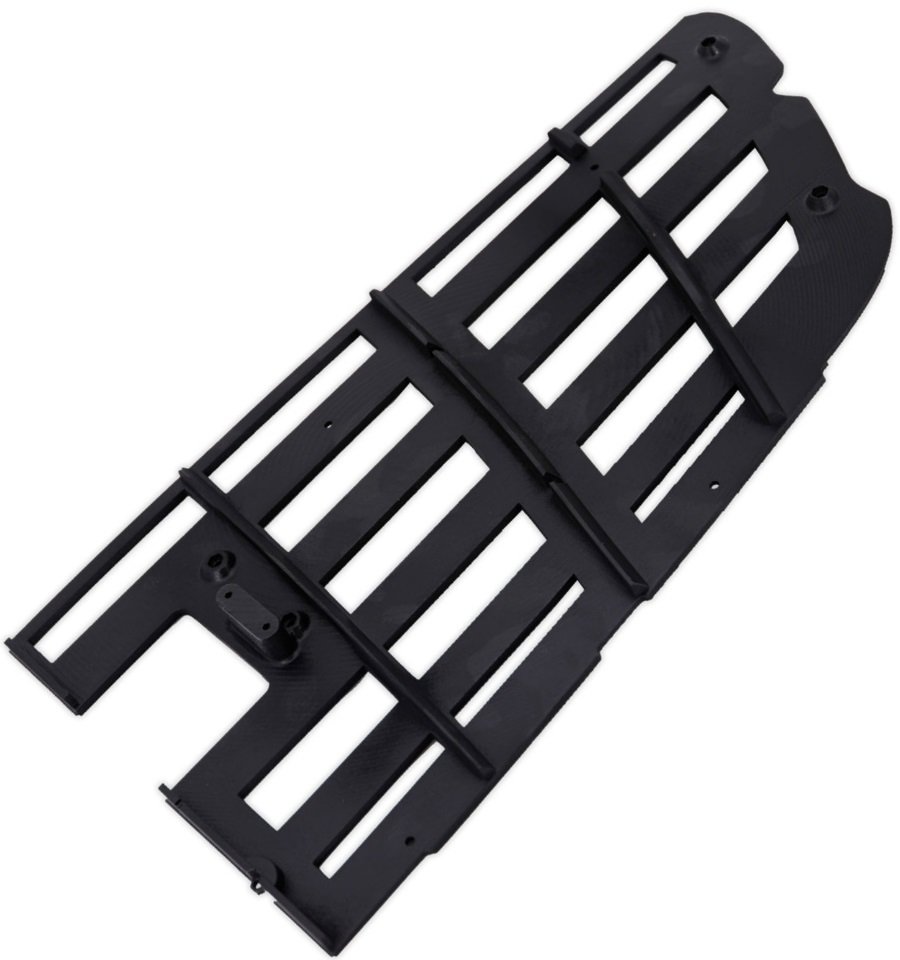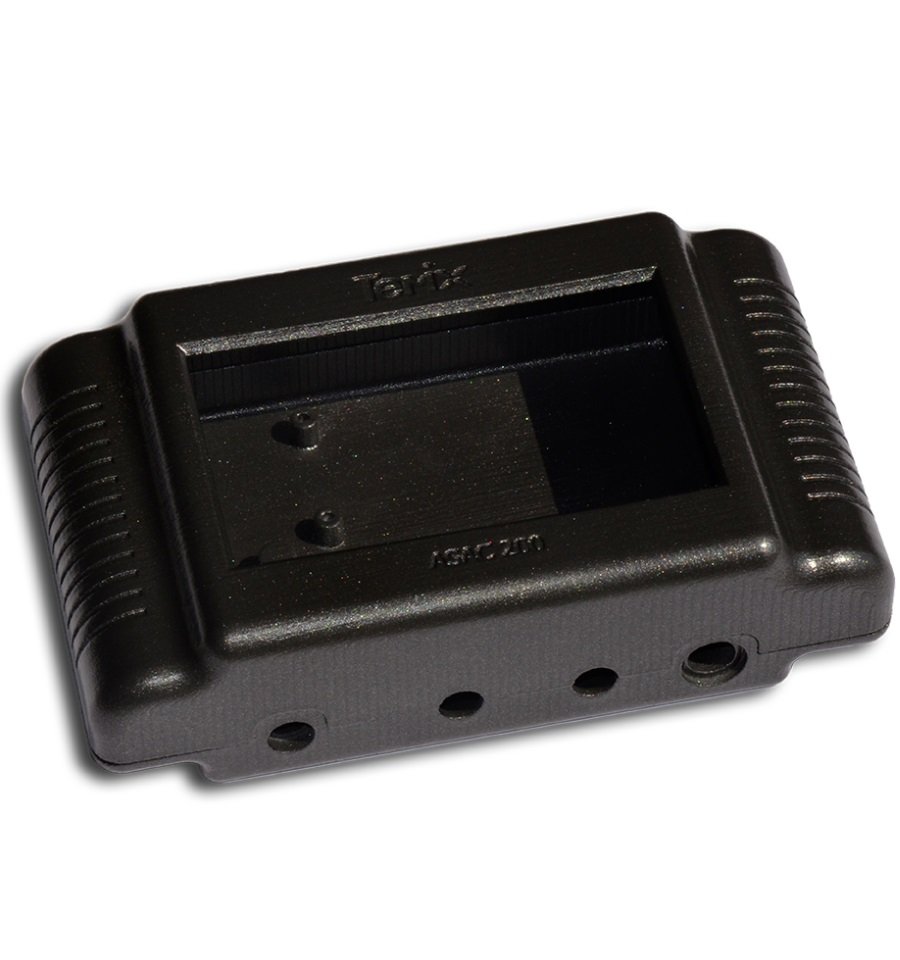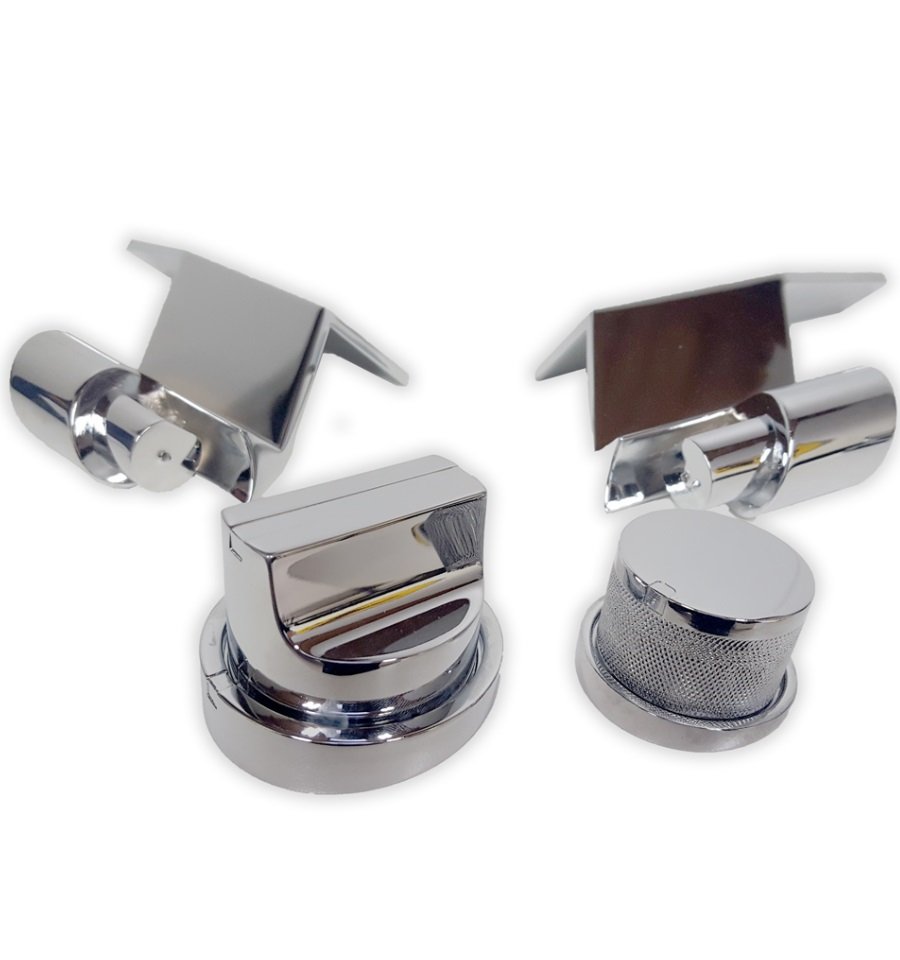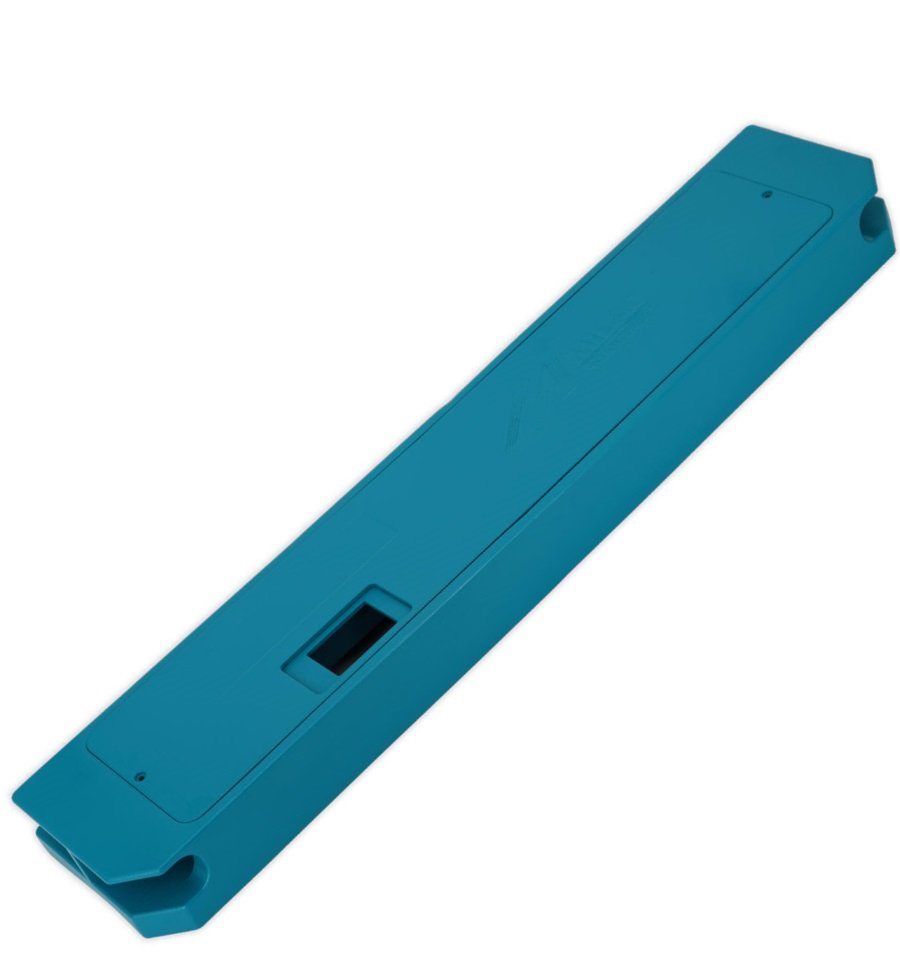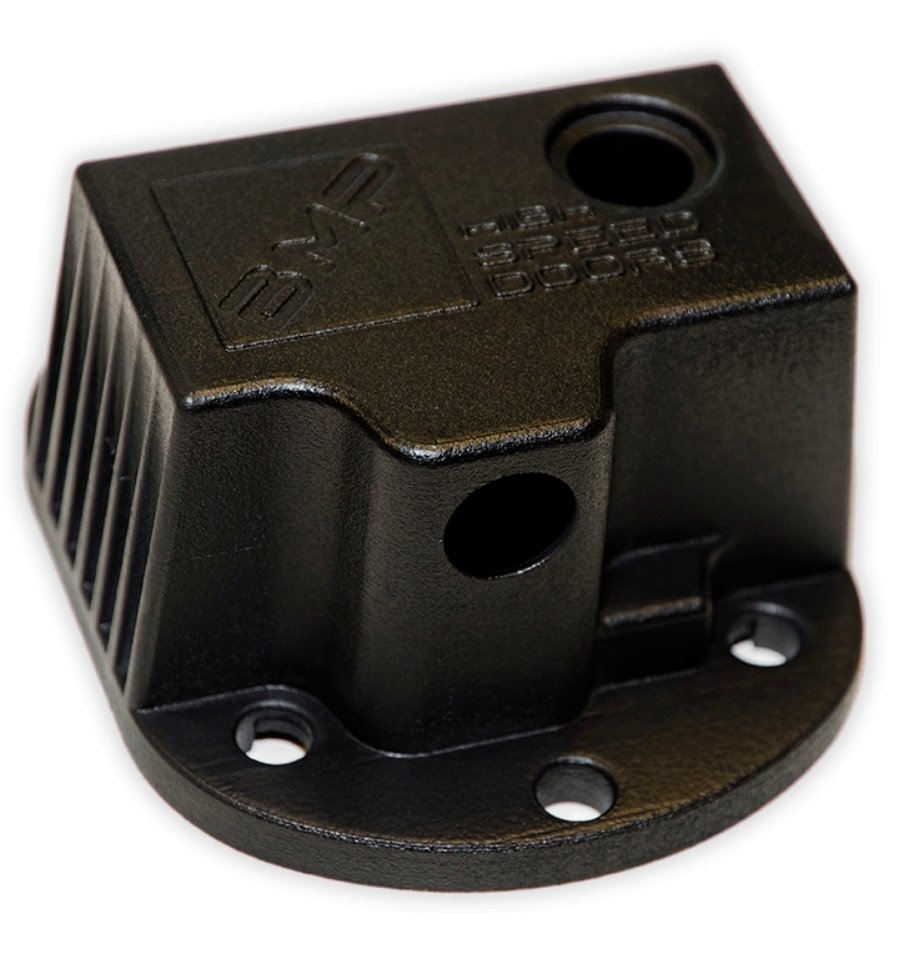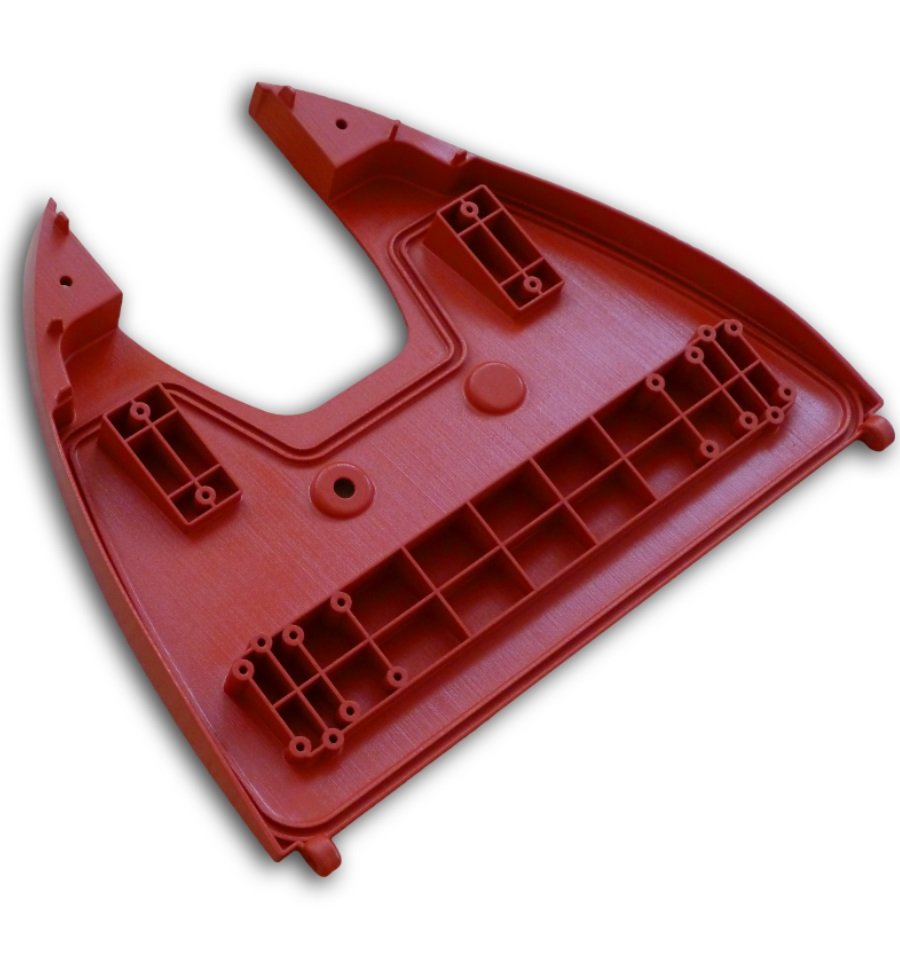Surface finishes
- Home
- Rapid Prototyping
- Surface finishes
SANDBLASTING, POLISHING AND 3D PAINTING
On request we carry out 3D painting treatments of prototypes, especially for those made of plastic materials. The surface finish can give a huge appeal to the prototype which is especially useful in cases of trade show demonstration, design show cases, etc.
Prototypes made of semitransparent material can be stretched in order to obtain fully transparent finishes that are ideal for lenticular parts or shells of assemblies that let the internal components be seen.
Below is a description of the 3 techniques used: sandblasting, polishing, and painting.
Surface finishes
In prototyping, the combination of material and processing technique is one of the most complex choices. Running a prototype almost always requires evaluations so, for the use and consumption of engineers, average characteristics of materials obtained by prototype construction are provided. These can be used to get an idea of technical and functional compliance for surface finishes.
The simplest aesthetic finish that can be applied to prototypes is sandblasting or microbead blasting. This process is implemented but machines that fire in a controlled manner a very fine glass bead and steel microspheres that are intended to smooth out irregular roughness in prototypes. The end result is a homogenization of the aesthetic appearance of the faces and an overall reduction in surface roughness.
3D painting is actually a set of mechanical and physical processes combined in order to eliminate or cover the finish of prototypes. The mechanical processes used are usually surface preparation and are sanding or sandblasting. These are usually followed by the actual covering processes i.e., grouting and painting.
The different degrees of finishing by painting are:
Technical finishing: sandblasting or microbead blasting and application of acrylic glazes (the texture of the construction layers is still visible but the aesthetic appearance is homogenized and finished for presentation to technical interlocutors.
Aesthetic finish: Sanding, grouting primer application, and painting (the texture is almost gone and is visible only at close observations, less than 60 cm to an experienced operator.
Refined aesthetic finish: Sanding and grouting repeated 2 or 3 times, primer application, painting and clear lacquer application (the texture is completely gone, the object is smooth and finished, as well as endowed with superior color depth and luster (this type of finishing can take several days and is feasible only on objects with stringy surfaces that are not too sculpted or worked since grouting and sanding in such areas is extremely arduous).
On metal parts, the most popular finishing procedure is polishing or brushing obtained by machines with cloth and pumice pads that go to smooth and polish all attainable faces. We report some illustrative examples of polished objects. NB polishing tends and to soften the edges and “fine” details of components a lot.
-
Grids
-
Caps
-
Knobs
-
Burners
-
Wok Supports
-
Tubs
-
Distributors
-
Shut-off valves
-
Control valves
-
Pump body
-
Carrier lantern
-
Mouthpieces
-
Valves
-
Shredders
-
Open Impellers
-
Closed Impellers
-
Single-channel impellers
-
Diffusers
-
Circulators
-
Supports
-
Engine shields
-
Inverter boxes
-
Carcasses
-
Finned masses
-
Streetlights
-
Racing parts
-
Aluminum frames
-
Engine cylinders
-
Motor heads
-
Brake calipers
-
Clutch Crankcase
-
Engine crankcase
-
Gearboxes
-
Frame elements
-
Forks


